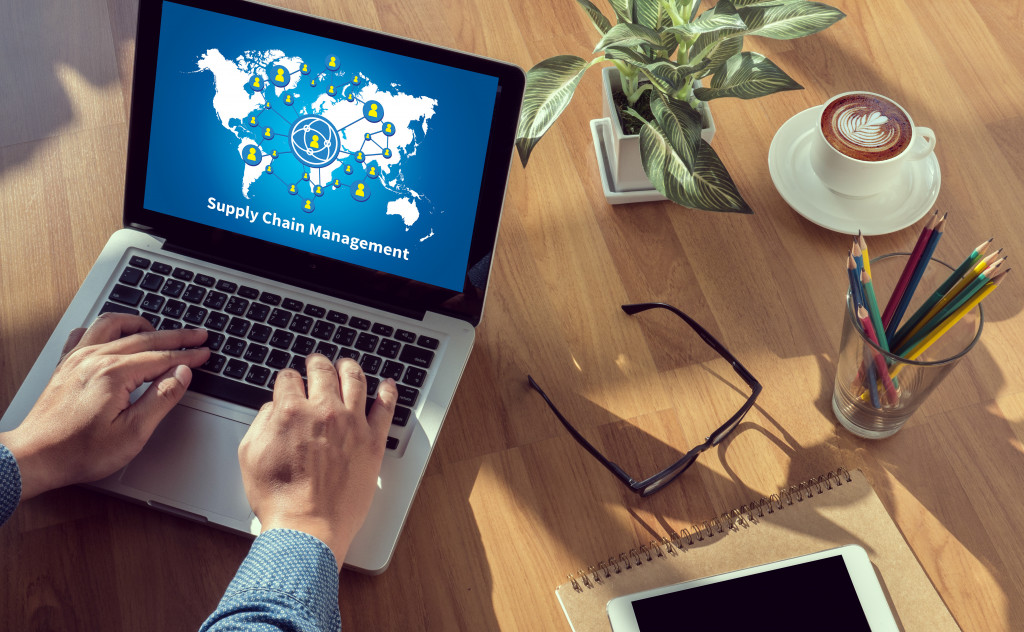The rapid development of e-commerce and the continuously improving courier delivery have made it easier and more accessible to source goods from other countries. For business owners, this also means lower prices, wider ranges for products, and—of course—higher profit margins.
If you want to start a business selling products from overseas or want to replace your local purchases with cheaper, international ones, here are the steps to help you get started.
-
Make a list of products
Assuming that you already have a niche in mind (and have determined if there is a profitable market for it), the first step is to list down all the products that you want to offer in your business—and be as specific as possible.
For example, if you want to start an online store selling phone cases, determine which units you want to cater to (e.g., iPhone 8s, Samsung S21s, etc.). Then, identify your sub-niche. For instance, you can offer cases that have certain themes, such as cases with cartoon characters or cases with geometric shapes. Then, determine the materials, colors, and other specifications you want your phone cases to have.
This way, you don’t have to spend more time than necessary searching overseas marketplaces for the products that you want. Of course, you should keep your list open as you may find products that you want to include in your offerings or otherwise remove some items that you can’t find online.
-
Find specific countries
Once you determine what products you want to source, it’s time to find countries that specialize in making those products or countries that have vast supplies of them. Going with our previous example, China has the largest manufacturers of phone cases. Hence, it will likely be your best option.
Check out Country Commercial Guides to determine which countries specialize in the products you want to buy. The website also has information on market conditions, regulations, and business customs that can help you do due diligence before buying anything from another country.
-
Look for the right supplier

Start looking for a supplier in the country you have chosen. You can do this online using multiple resources, but if you know other business owners who source products from the same country, you can also ask them for recommendations. Have at least three to four suppliers to choose from before making your final selection. We recommend that your criteria for choosing include:
- Price. First and foremost, choose a supplier with the most reasonable prices for the products you want to buy. However, don’t immediately go for the cheapest option; if they are practically giving goods away, it should raise some eyebrows.
- Customer service. A good supplier should respond to questions within a reasonable time frame, provide you with the information you need, and remain polite and engaged in every conversation.
- Feedback. Read reviews and testimonials from their other clients; doing so can give you a good idea of what their business is like and help you spot red flags early on.
Another important thing that you have to know that not every listing on overseas marketplaces is ready for sale. For instance, the phone case that you see online are samples of what the supplier can manufacture. In this case, you would have to work with the supplier’s team to finalize your order. In the phone case example, you need to submit your design (or have the supplier create a design for you), negotiate the final price, and work on other details before you can finalize the deal.
If, on the other hand, the product is ready for sale, you should request samples. The last thing you want is to place the minimum order and find that the quality of the product doesn’t meet your expectations. Insist on product samples, and if they give it to you for free, much better.
-
Prepare to make your products consumer-ready
Unlike regular consumer shopping, buying B2B may not always mean receiving the products consumer-ready. For example, the phone cases that you order may not come in individual packages. Hence, you would also have to plan for packaging, branding, and other steps in preparing your products for retail sale.
Sourcing your products overseas can make for a lucrative business with large profit margins and a wide variety of offerings. If you want to get started, here are the steps that you should follow—but keep in mind that not every process of overseas shopping goes the same. That said, do due diligence and research as much as you can before buying anything overseas.

